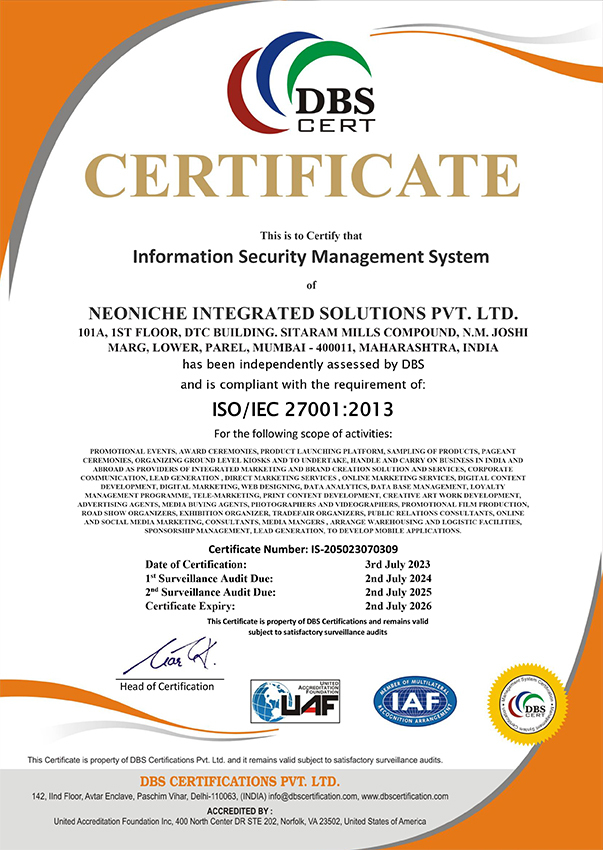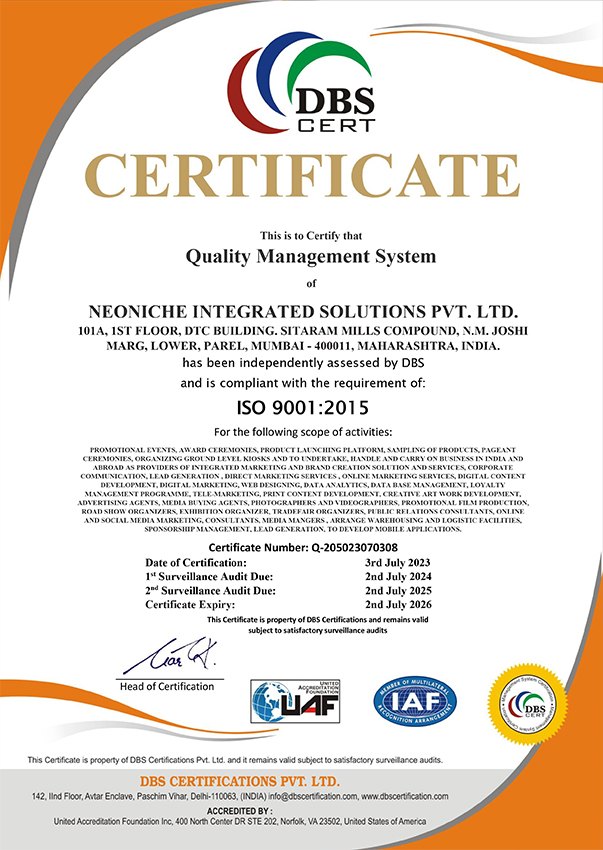AR Mobile Apps
AR or augmented reality has received significant attention over the past few years. Taking your experience to the next level, you can use an AR mobile app to give your customers a taste of what the future holds. Virtual tours, three-dimensional product views, unique activation engagements can be integrated to give potential customers a fresh live experience of what they can expect. A prominent Indian example of this is Lenskart who allows their app users to see how different frames would suit their features via an AR overlay. AR blurs the line of current and future possibilities to showcase your next generation vehicle in the right setting – one you choose yourself.
Pop-up Stores
Pop-up stores have been popular in the catering and fashion verticals, but somehow automobiles are yet to significantly tap into this opportunity. While most shoppers still prefer to visit a brick-and-mortar store, many potential customers in India might not have even seen your product yet due to the vast geographical boundaries. Pop-up stores let you connect with customers and advertise your products in a novel way. The main advantage – organizing a corporate event via pop-up stores can help you tap into a variety of markets that otherwise would require substantial investment, all while simultaneously increasing reach to a new geography. During the 2016 Paris Fashion Week, Pantone cleverly set up a Pantone Café where every food item was created in line with the vivid shades available and had individual Pantone colour numbers for every dish. The result was an Instagram frenzy and substantial publicity to the company for its innovation.
Incorporating Voice
According to ComScore, by 2020, 50% of all online searches will be carried out via voice. With AI becoming commonplace, sometimes available both at work and home, it’s time to use voice to drive engagement. Having specific commands tied to voice-activated service can help users feel a seamless futuristic experience. At events, you can use chatbots or voice assistants within an app to help navigate through each area similar to a GPS. Including voice services, if well configured, can help attendees easily access the information they require in a convenient way.
Facial recognition
Accurate face recognition softwares are now available in the palms of our hands. Some mobile phone developers have nearly perfected face recognition and use it for several security based features. But why should it be limited to mobiles? If you are planning a closed event, you can augment security, check-ins and guest management software in your integrated marketing approach to give attendees a new experience. In the future, it’s more than likely that these facial recognition could be implemented within automobiles as a security measure before even starting your car or bike. Give your customers a sneak peek into the future of the industry. At the Internet Economy Summit 2019, facial recognition was the core technology used to check in approximately 3000 attendees. Registrations were carried out in seconds showcasing the true potential of this software in large scale events.


